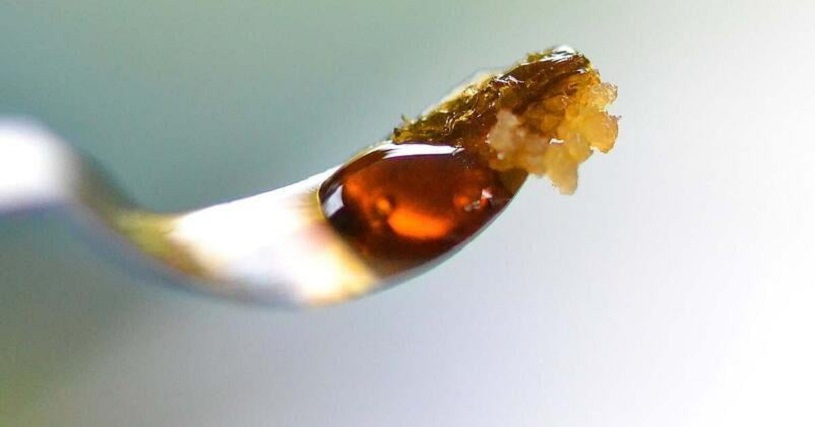
The best tips for production
This is also referred to as honey oil and is made by using butane as a solvent, but this is a very dangerous process and must be carried out in a well-ventilated area, always outdoors! Butane fumes accumulating in a room can ignite from the slightest spark, even static electricity. There have been many instances of fires caused by people using butane as an extraction solvent and some fire departments in the U.S. have gone so far as to issue warnings against its use. Many companies sell ready-made butane gas extraction kits and they are readily available online. The best advice we can give is to not attempt this extraction process; if you decide to do so then wear protective clothing and always carry out the procedure outdoors away from any flame source.
Butane has a very low flash point (31.1°F or -0.1°C) and is most commonly used as a gas lighter fuel, but it is also extremely efficient at removing cannabinoids from dried plant material. An important factor in BHO production is the purity of the butane: only use refined or purified butane gas.
This extraction process produces very potent cannabis oil.
The use of butane stove fuel should be avoided due to the addition of methyl mercaptan, which is added to aid the detection of leaks. This chemical also adds an unpleasant taste that is impossible to eliminate from the resultant honey oil.
Butane gases labeled as R-600 refrigerant or as refined or purified cigarette lighter fuel are generally free from contaminants, and these will produce the cleanest oils.
If you wish to carry out this process we do not recommend making the extraction tube yourself, as butane can affect many materials and is also capable of dissolving some plastics. Glass is a safe material for BHO extractors and they can easily be purchased online, and come with complete instructions.
The BHO process involves filling the extraction tube with very dry, finely chopped plant material through which butane is forced under pressure. As the liquid butane passes through the material in the tube, it dissolves the cannabinoid oils, and the resultant liquid is expelled from the tube to be collected in a Pyrex dish.
Owing to the low boiling point of butane, all that is needed to aid evaporation is to place the dish containing the liquid butane into a larger dish of hot water, but be careful to ensure that the hot water does not contaminate the butane in the Pyrex dish.